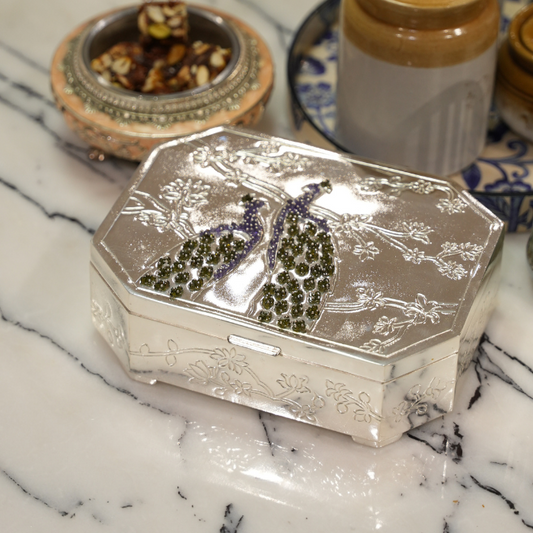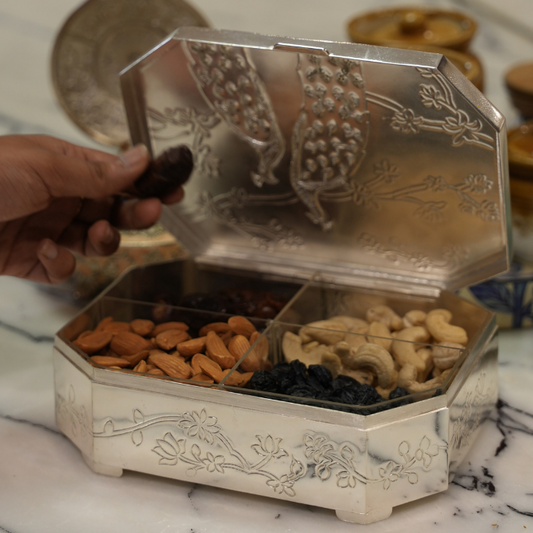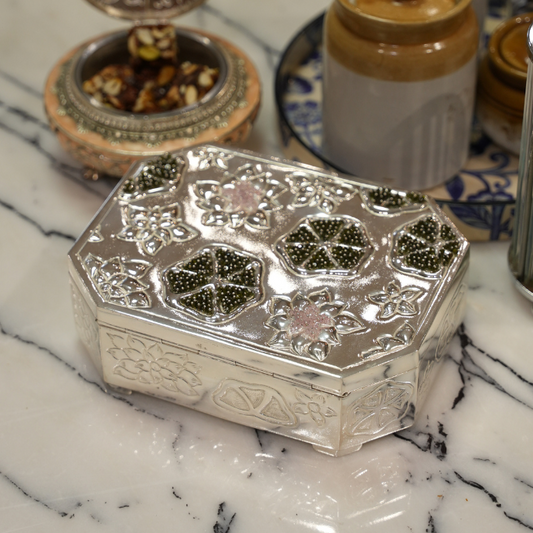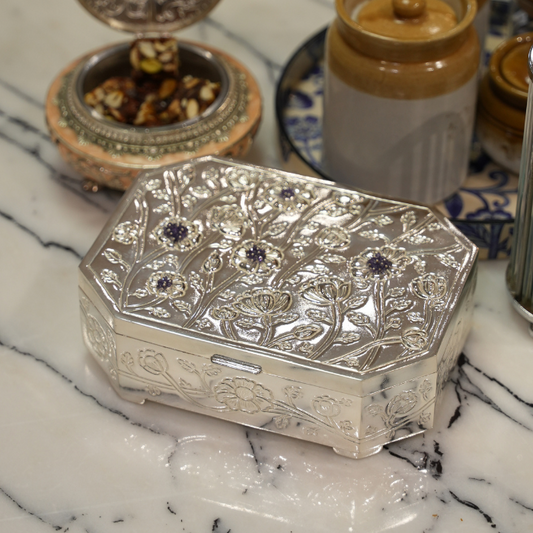Does Sterling Silver Tarnish? Causes, Prevention, and Maintenance Tips
Sterling silver is a timeless and cherished metal, widely used in jewelry, home decor, and accessories. However, a common concern among silver enthusiasts is whether sterling silver tarnishes over time. While sterling silver does tarnish due to exposure to air and moisture, proper care and maintenance can help preserve its shine and beauty for years to come. This guide explores the causes of tarnishing, how to prevent it, and the best ways to restore sterling silver to its original brilliance.
Understanding Sterling Silver
Sterling silver is composed of 92.5% pure silver and 7.5% other metals, typically copper or zinc. Pure silver is too soft for crafting durable items, so alloying it with stronger metals enhances its durability. However, these added metals can react with environmental elements, leading to tarnishing. Despite this, tarnish does not indicate damage and can be easily removed with proper care.
Why Does Sterling Silver Tarnish?
Sterling silver tarnishes due to a natural oxidation process. When silver interacts with sulfur and oxygen in the air, it forms a dark coating on the surface. This reaction does not corrode the silver itself but creates a layer that dulls its shine. High humidity, pollution, and exposure to certain chemicals accelerate this process, making regular maintenance essential for preserving its beauty.
Causes of Tarnishing
Environmental Factors
Humidity levels play a significant role in the tarnishing process. High humidity speeds up oxidation, causing sterling silver to tarnish faster. Air pollution, particularly sulfur-containing gases, can also contribute to discoloration.
Exposure to Everyday Elements
Common household products like lotions, perfumes, and cleaning agents contain chemicals that can cause tarnishing. Chlorine, bleach, and even natural body oils from skin contact can accelerate the process. Regular exposure to these elements can make sterling silver lose its luster more quickly.
Storage and Handling Habits
Improper storage can lead to faster tarnishing. Keeping sterling silver in direct contact with other metals, leaving it in open air, or placing it on abrasive surfaces can all contribute to discoloration. Proper storage techniques help maintain the metal’s brilliance for a longer period.
Preventing Tarnish on Sterling Silver
Proper Storage Techniques
Storing sterling silver jewelry and accessories in anti-tarnish pouches or cloth bags significantly reduces exposure to air and moisture. Adding silica gel packs or activated charcoal to the storage area helps absorb excess humidity and slows down the tarnishing process.
Maintenance Practices
Regular cleaning is essential to prevent tarnish buildup. Wiping sterling silver with a soft, dry cloth after use removes surface dirt and oils that contribute to oxidation. Avoiding prolonged exposure to water, especially chlorinated or salty water, also helps maintain its shine.
Use of Anti-Tarnish Products
Specialized anti-tarnish solutions, including polishing cloths, sprays, and coatings, can help protect sterling silver. Using these products periodically ensures that the metal remains in excellent condition and retains its brilliance.
Removing Tarnish from Sterling Silver
Gentle Cleaning Methods
For light tarnishing, a mixture of warm water and mild soap can be used to clean sterling silver. Gently scrubbing with a soft toothbrush and drying the item thoroughly prevents water spots and keeps the surface smooth.
Home Remedies
A simple baking soda and water paste works effectively to remove tarnish from silver items. Another popular method involves placing silver in a bowl lined with aluminum foil, adding vinegar and baking soda, and letting the chemical reaction lift the tarnish away. These methods restore the shine without causing damage.
Professional Cleaning Services
For intricate or heavily tarnished pieces, professional cleaning services are recommended. Experts use ultrasonic cleaning and professional polishing techniques to restore sterling silver to its original brilliance without harming the metal.
Myths About Sterling Silver Tarnish
One common misconception is that tarnish is permanent. In reality, tarnish is entirely reversible with proper cleaning methods. Another myth is that sterling silver rusts; however, rust is specific to iron-based metals, while sterling silver only develops a surface layer of tarnish. Additionally, some believe that only cheap sterling silver tarnishes, but all sterling silver will tarnish over time due to its chemical composition.
Why Tarnishing Isn’t Always Bad
Tarnishing can be a sign of authenticity, as genuine sterling silver will tarnish over time, while fake silver often remains unchanged. Some people embrace the darkened patina as it adds character and a vintage appeal to silver jewelry and decorative items. The tarnish can highlight intricate designs, enhancing the overall aesthetic.
Summary and Key Takeaways
Sterling silver tarnishes naturally due to exposure to air, moisture, and sulfur, but this process is entirely manageable. Proper storage, regular cleaning, and the use of anti-tarnish solutions can significantly slow down tarnishing. If tarnish does develop, home remedies and professional cleaning services can restore sterling silver to its original shine. With the right care, sterling silver remains a timeless and elegant choice for jewelry and accessories.
FAQs
Q1: Does sterling silver tarnish over time?
Yes, sterling silver tarnishes naturally due to exposure to air, moisture, and sulfur, but it’s a reversible process with proper care.
Q2: Can 925 sterling silver rust?
No, sterling silver doesn’t rust as rust occurs in iron-based metals. However, it does tarnish due to oxidation.
Q3: How can I prevent tarnish on sterling silver?
Store items in anti-tarnish pouches, avoid exposure to chemicals, and clean regularly with a soft cloth.
Q4: Does tarnish mean my sterling silver is fake?
No, genuine sterling silver tarnishes. Fake silver does not tarnish but can corrode or discolor differently.
Q5: How do I remove tarnish from sterling silver at home?
Use gentle cleaning methods like a baking soda paste or the aluminum foil and vinegar technique for effective results.







